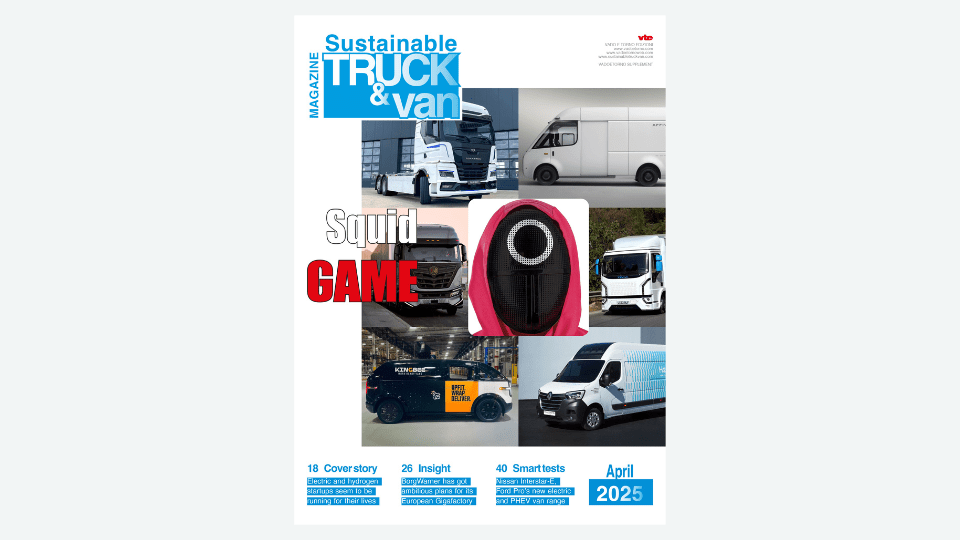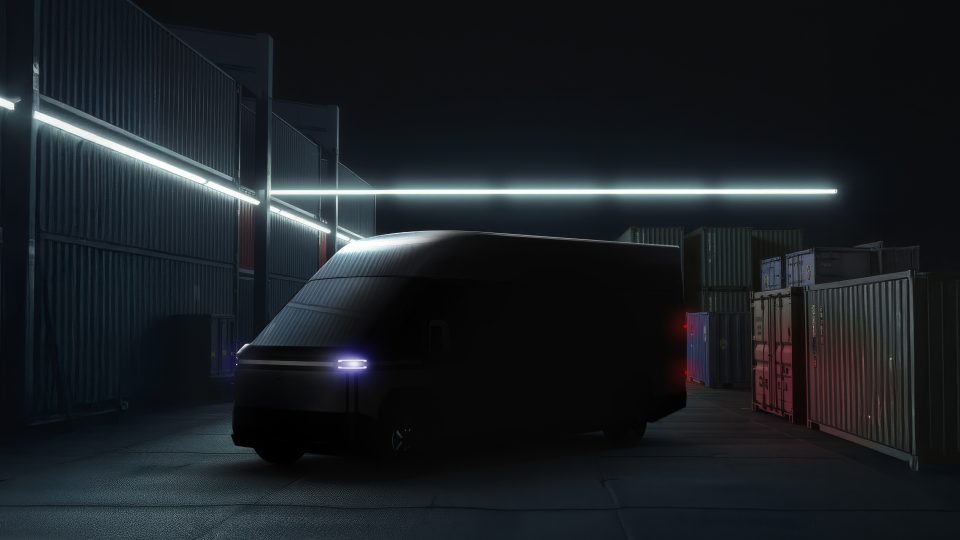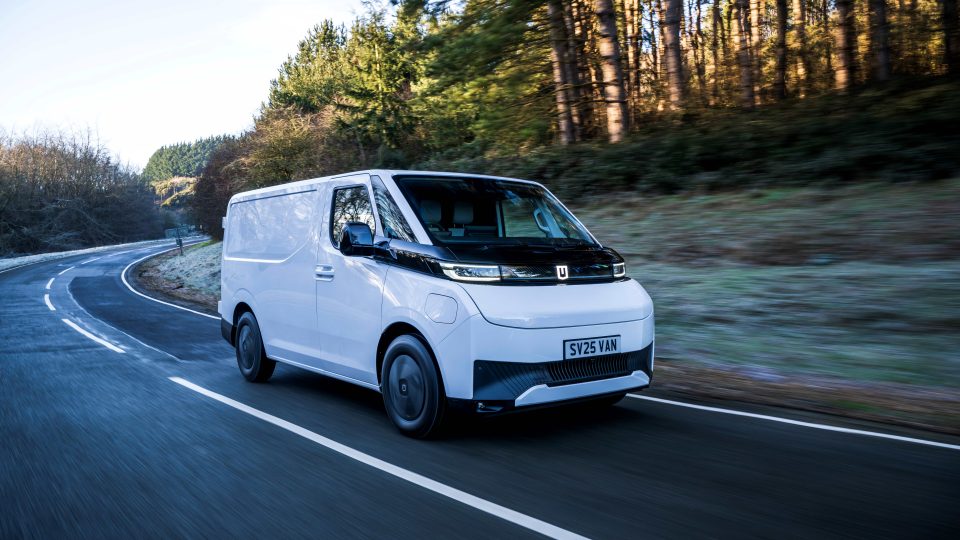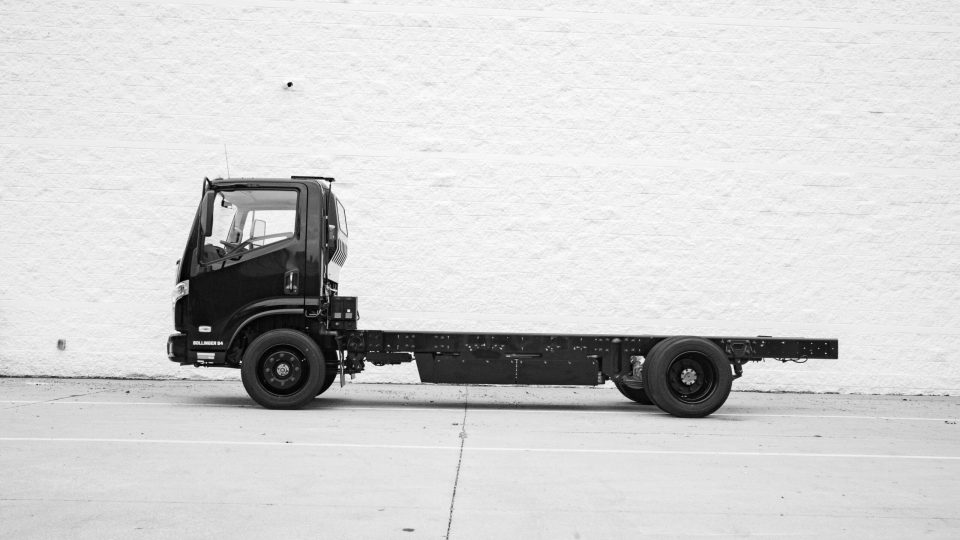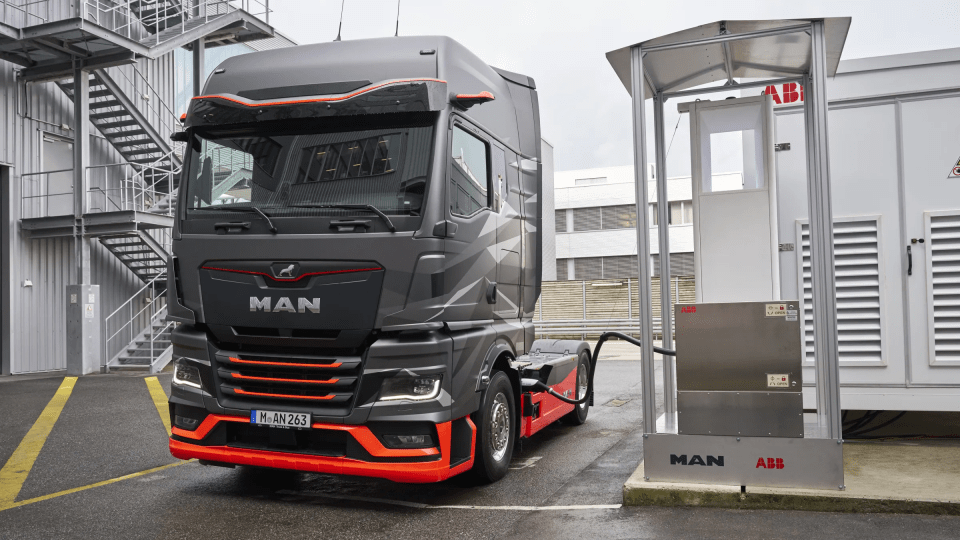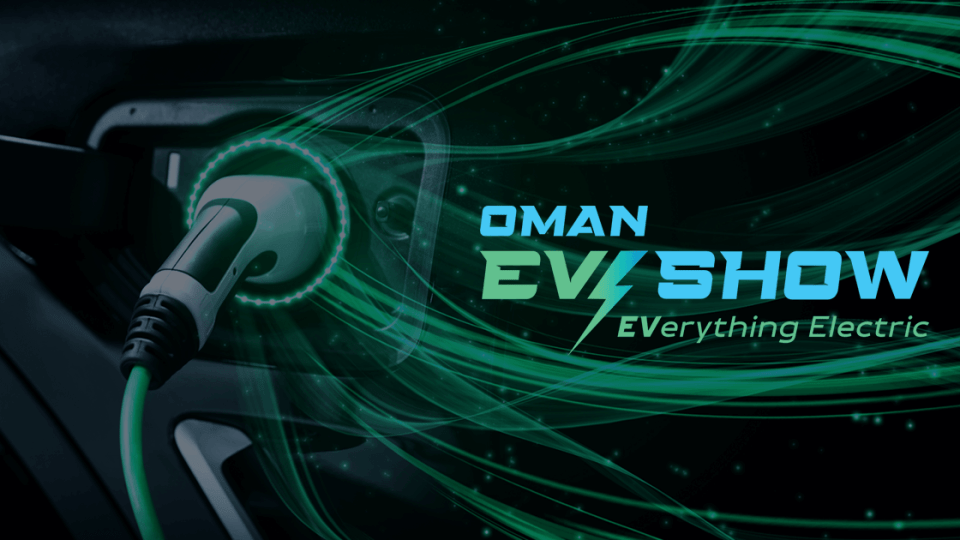Kempower inaugurates its North American HQs in Durham. CEO Ristimäki: “Let’s back up electrification in the U.S.”
We had the opportunity to visit the factory, also participating in the media preview. There, we could meet CEO Tomi Ristimäki, truly proud of the second Kempower production plant, following the first one opened in Lathi, Finland, in 2021. Since there, the company grew year after year. Now, the U.S. facility is ready to go full swing and meet the growing charging station demand in North America.
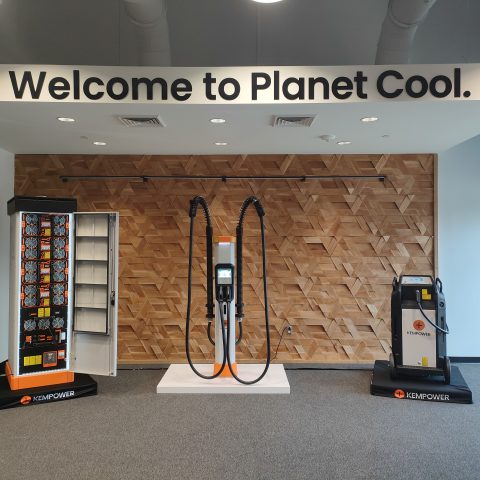
With an international event at the presence of Roy Cooper, long-time governor of North Carolina and special guest of CEO Tomi Ristimäki, Kempower officially inaugurated its North American headquarters in Durham. Indeed, the plant is operational since the end of last year, more or less 100 people already work there, but Kempower wanted to prove that its North American production site is now ready to go full swing. Last May, the Finnish company participated in ACT Expo, exhibiting its brand-new megawatt charging system. A true game changer – they say – to electrify long-haul transportation.
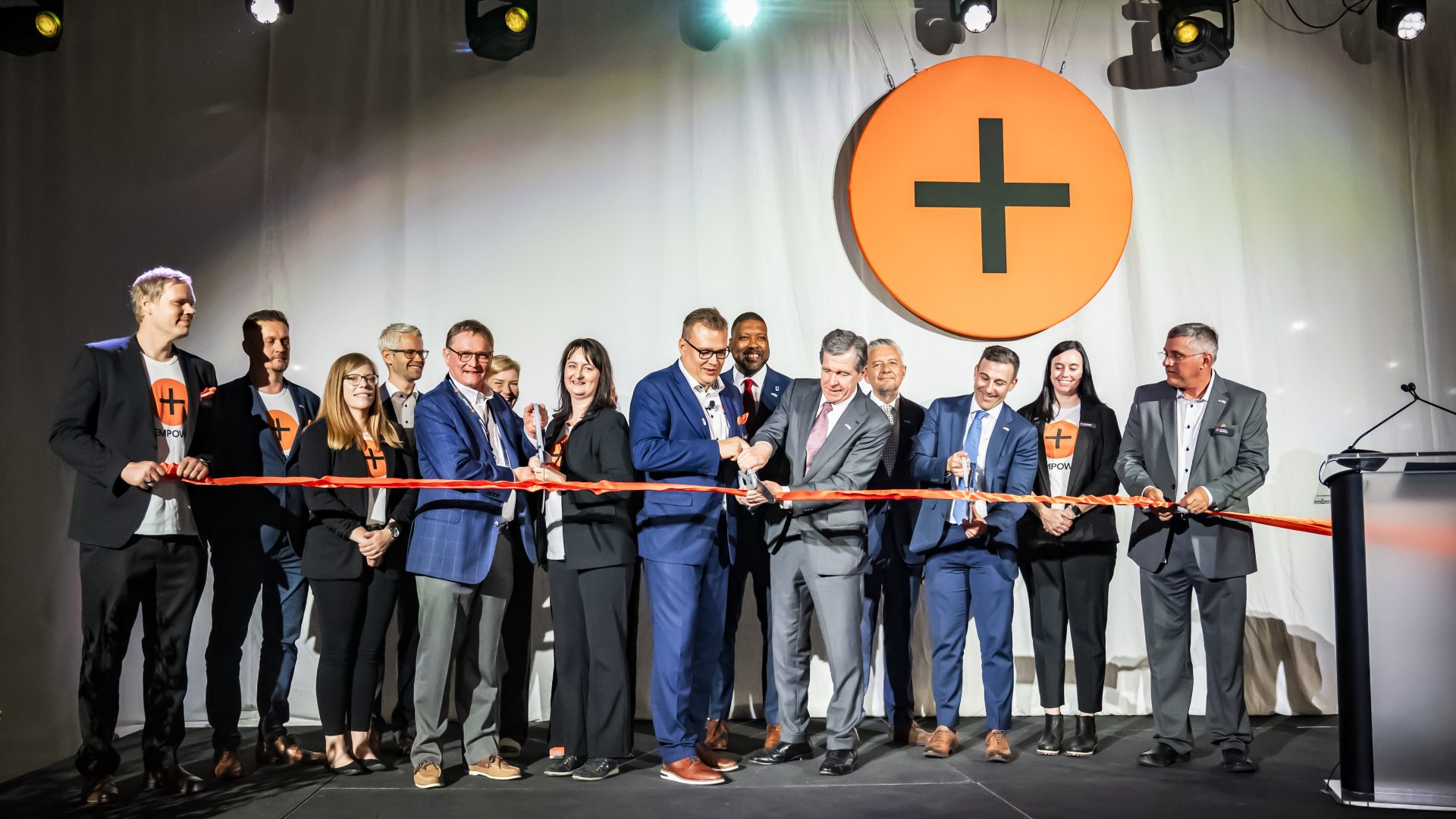
Kempower’s North American HQs to keep on growing globally
We had the opportunity to visit the factory, also participating in the media preview. There, we could meet CEO Tomi Ristimäki, truly proud of the second Kempower production plant, following the first one opened in Lathi, Finland, in 2021. Since there, the company grew year after year, up to 800 people employed globally so far, coming from over 40 countries. In 2023, Kempower managed to produce over 20,000 charging stations globally, with deliveries in several nations all over the world. “We’re market leaders in Greenland, with 3 stations installed”, told us Mr Ristimäki in a clear joke.
It’s no joke at all that so far Kempower made it possible about 7,5 million charging sessions, and slightly less than 200 GWh of energy charged only in 2023. The company’s strategy is quite clear, and focuses on DC chargers, then looking at bigger vehicles than passenger cars. Buses and trucks, above all, but also boats and ships, as well as construction machines. “A very promising market”, according to Kempower’s CEO, as proven by a huge Volvo CE electric large excavator on display outside of the factory during the event.
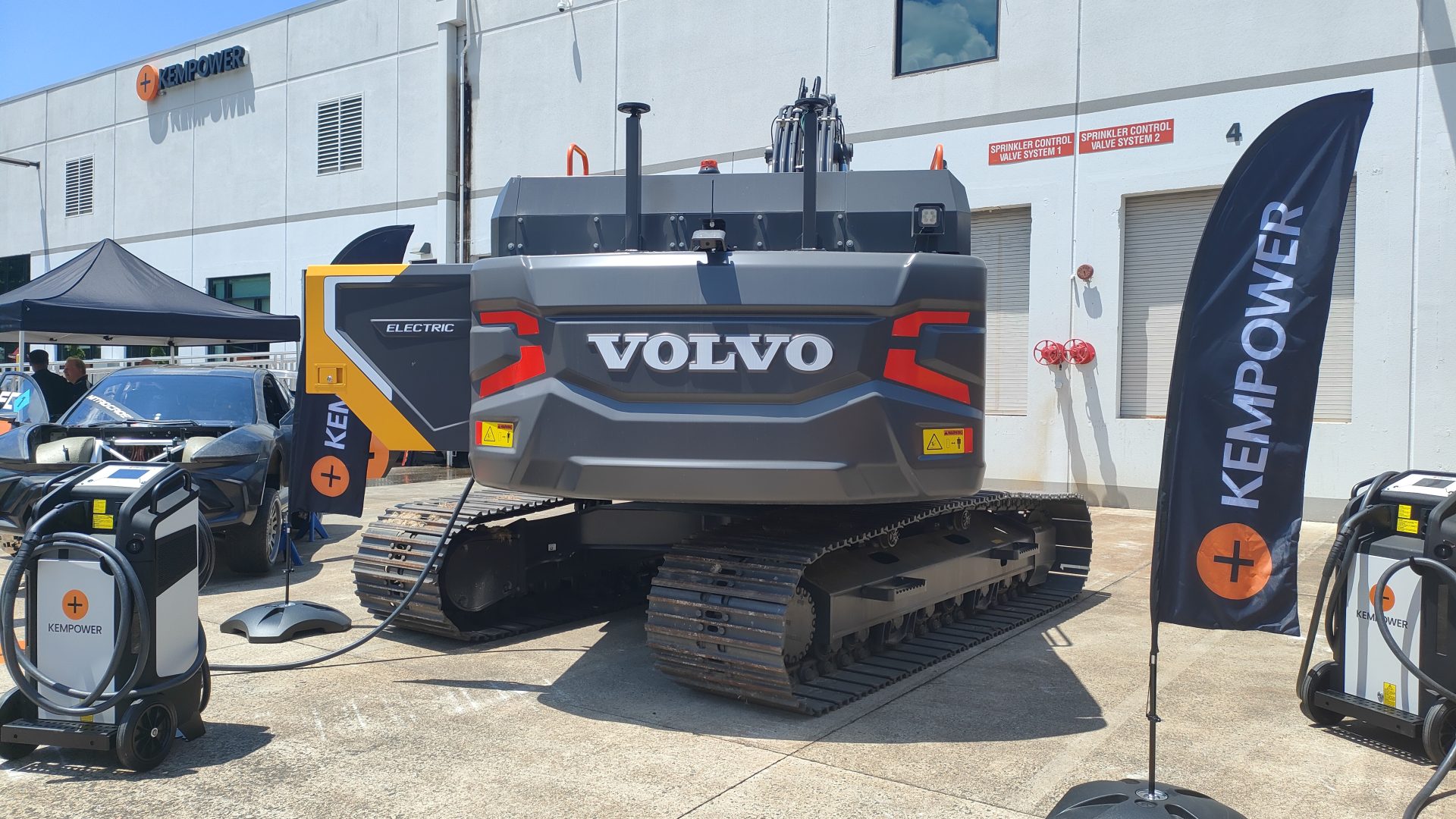
It’s quite easy to guess why Kempower decided to have a plant in the U.S. It seems that the e-truck market will be booming soon, as the recent ACT Expo showed. “Incentives and funding programs are important”, told us CEO Ristimäki. “I truly believe North America will benefit from electric mobility in commercial vehicles, and many jobs are being created, regardless of the administration that will come after the next elections”. Why has Kempower chosen North Carolina to set its plant? “Here, we are on the Eastern side of the country, closer to Finland, and this is a very good region for high-level education, first of all. Furthermore, it’s easier to get a good supplier network”.
The same manufacturing capability and processes in Europe and the U.S.
So, here in Durham, Kempower will gradually be able to manufacture the same products made in the main plant, in Lathi, including the brand-new megawatt charging system, capable of 1.2 MW output thanks to the combination of 2 power units of 600 kW each. We saw the system introduced this spring: we’ll talk about it more in-depth in the next issue of Sustainable Truck&Van magazine. The factory relies on an area where the charger power unit modules are assembled, as well as the assembly lines dedicated to the power units and the satellite systems.
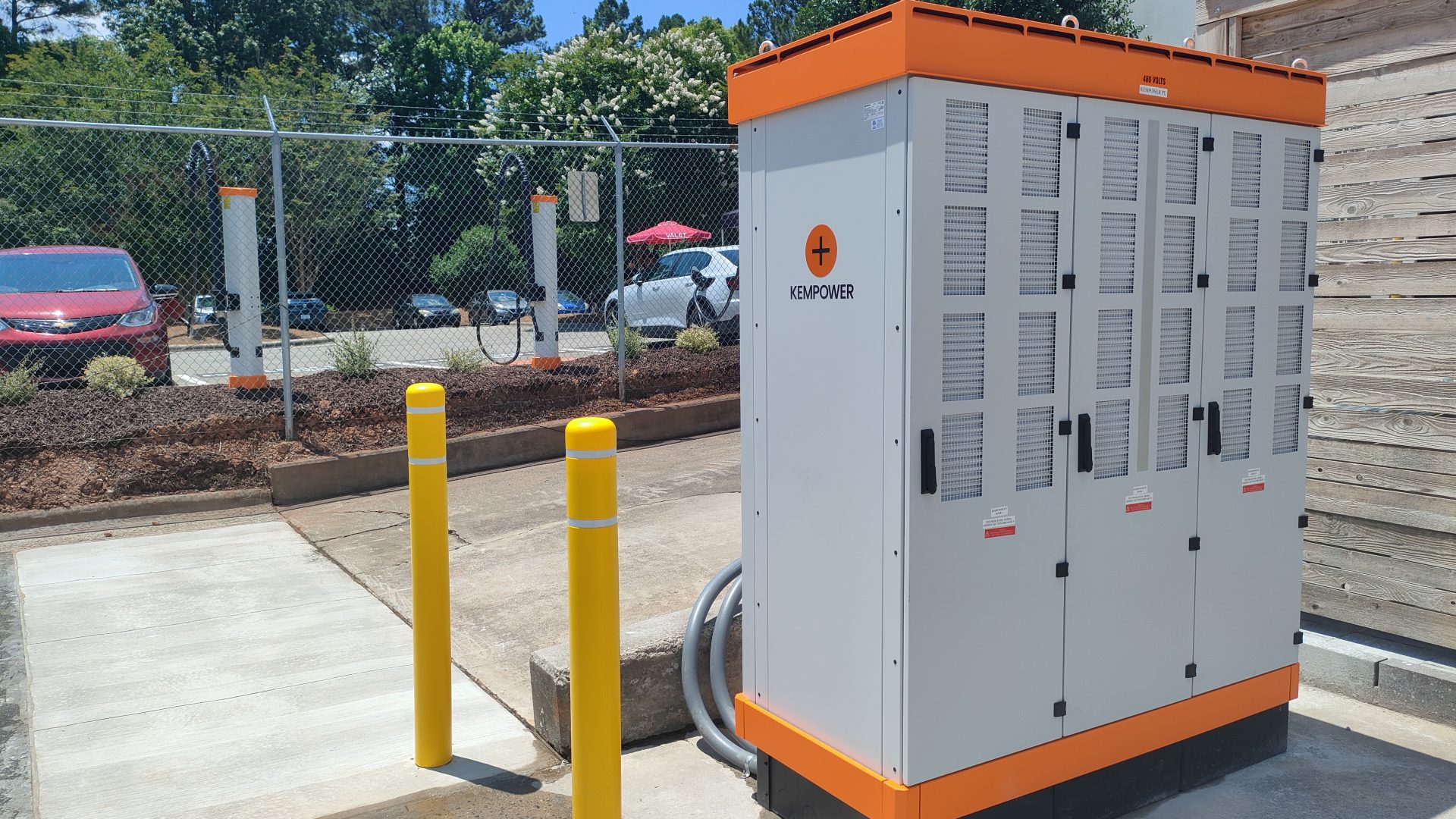
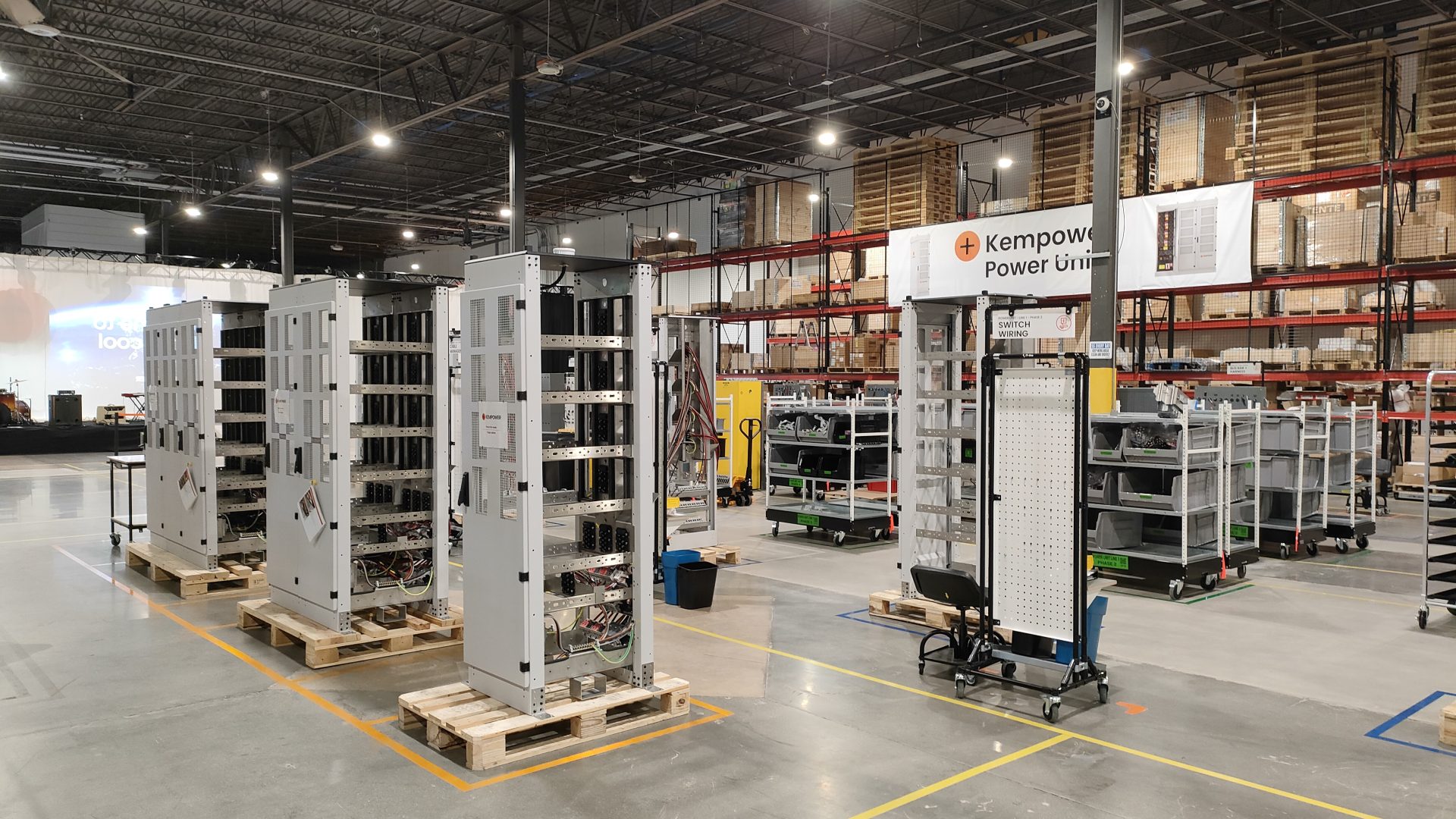
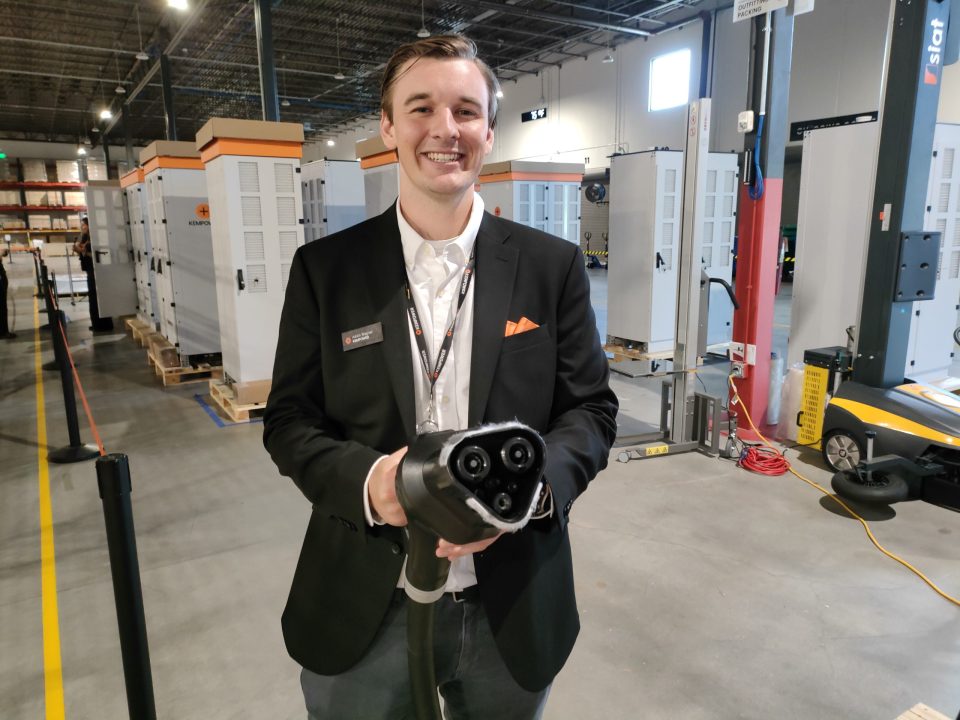
Currently, production in Durham is organized on one shift, with the aim of getting ready for higher production speed when the demand in North America grows. Technologically speaking, Kempower decided to rely on an extremely modular solution, with the central power unit that turns alternative current into direct current and managed the energy supply to the so-called ‘satellite’ chargers, that is to say quite slim charging stations with reduced footprint. Up to 8 satellite outputs can be associated with a central power unit, in turn made of modular components, with the aim of making it very flexible. The charging software is entirely developed and managed by Kempower itself, and allows real-time control through a web platform, not requiring the download of a dedicated app.
“We have the target to produce 100,000 charging stations globally by 2027”, told us CEO Tomi Ristimäki. America is supposed to help a lot in the next few years.



